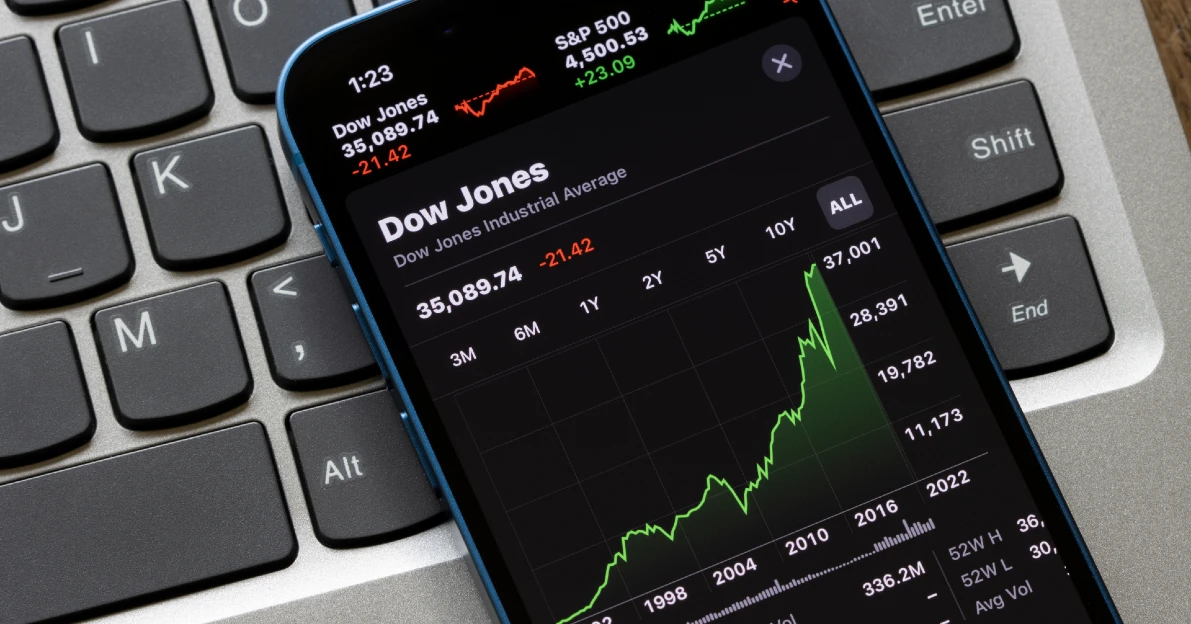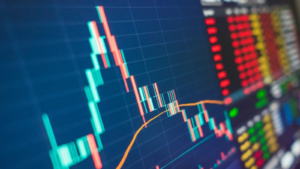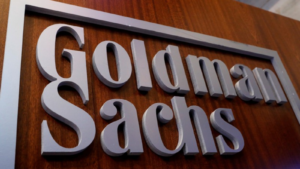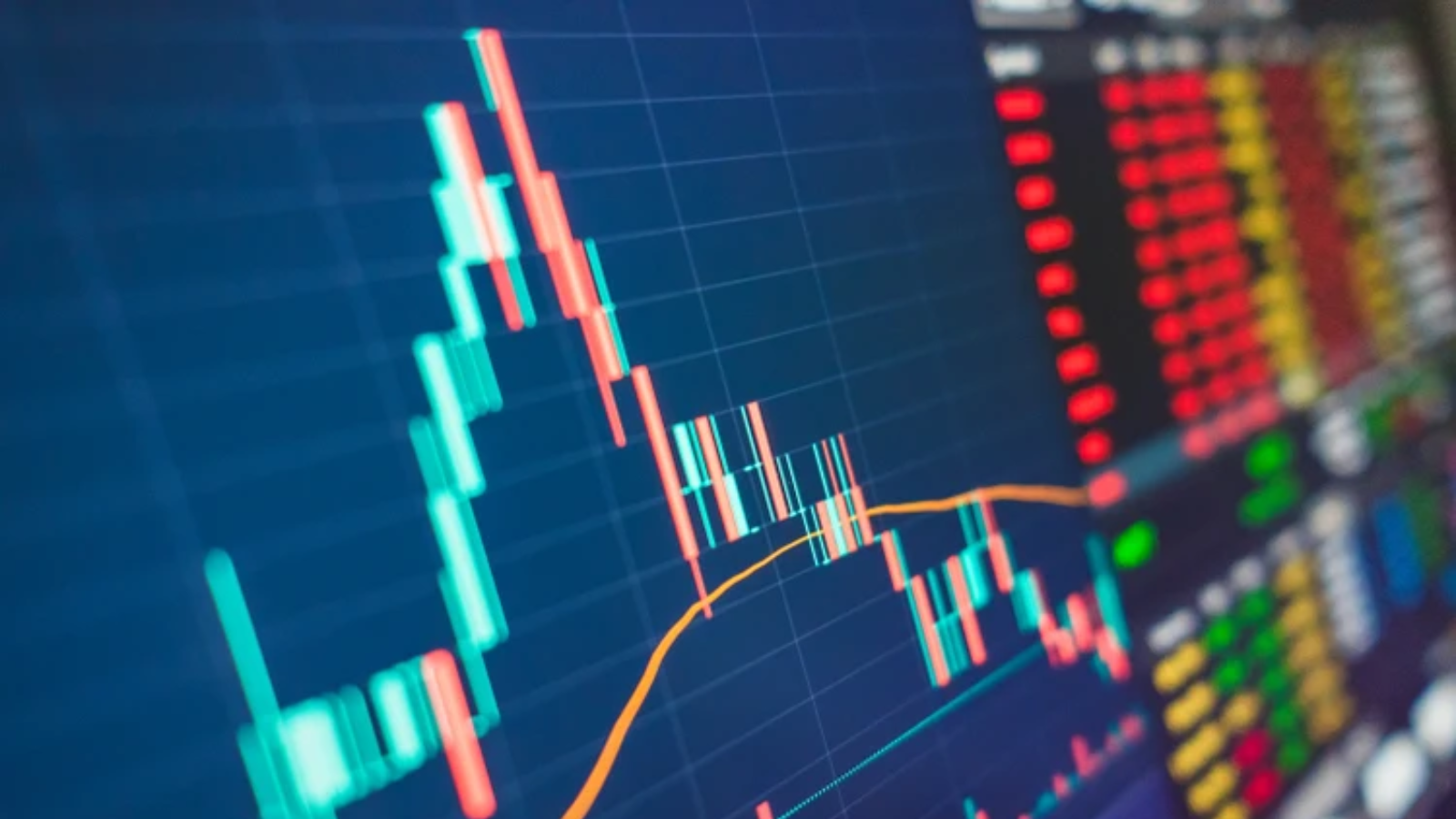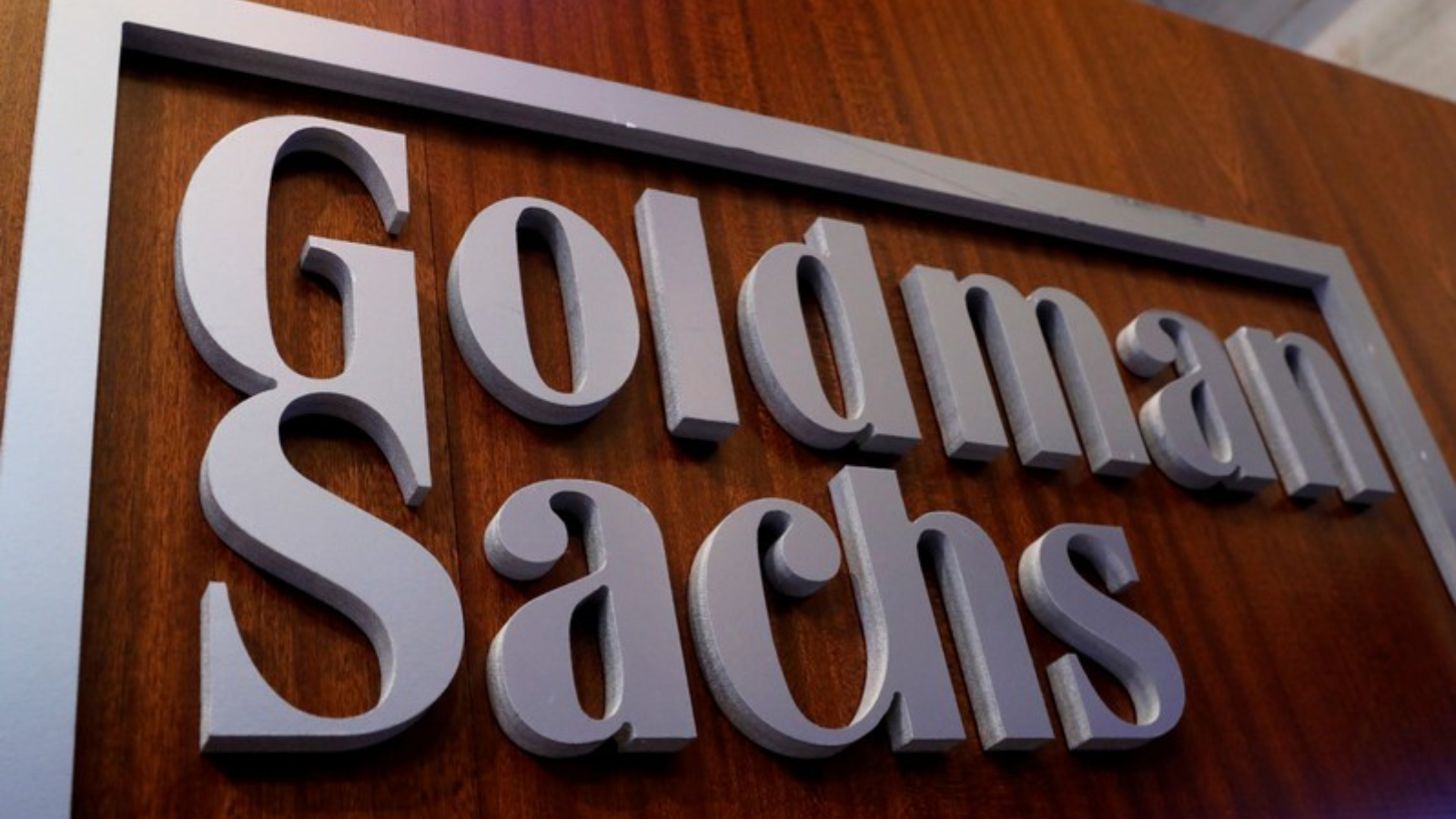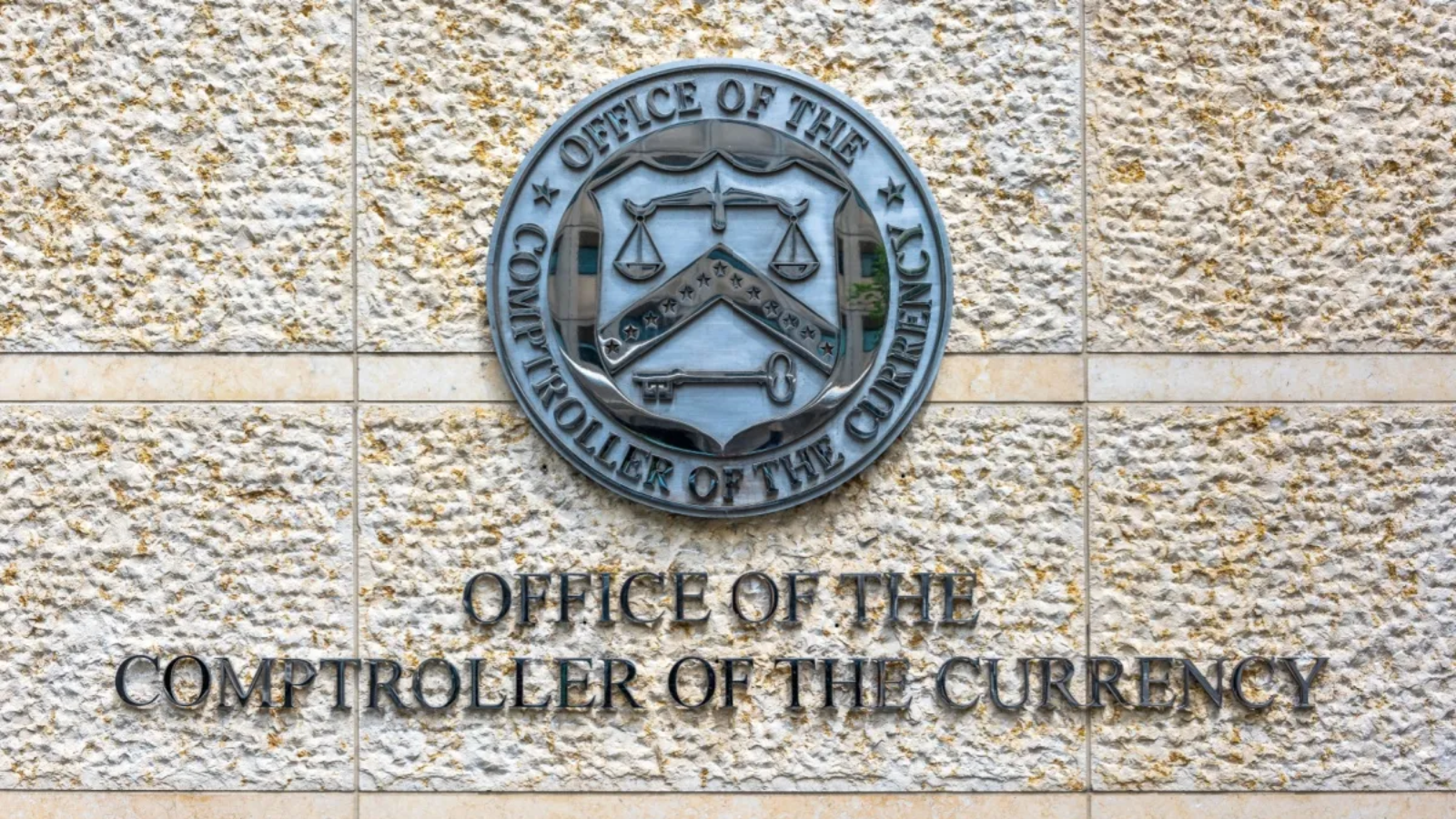
Dow Jones Index, also known as Dow Jones Industrial Average or US30, is one of the most popular and recognized stock market indices out here besides the NASDAQ and S&P 500. While there are more than 5000 indices that make up the US equity market, market leaders, like Dow Jones, are hailed as the benchmark of the whole stock market’s performance.
Here’s everything you need to know about this widely-followed stock market index.
Table of Contents
ToggleWhat is the Dow Jones Industrial Average (DIJA) Index?
The Dow Jones Industrial Average (DIJA) is a stock index tracking 30 of the largest US companies that are publicly traded on the NYSE and Nasdaq exchange. The index was created in 1896 by Charles Dow and his partner Edward Jones, while they believed it would serve as an indicator of the broader US economy’s health.
More than 55% of the Dow Jones weight is covered by companies belonging to three sectors – Health Care, Information Technology, and Financials. Whereas the remaining weightage is represented by diverse industries including Energy, Industrials, Consumer discretionary and staples, Communication Services, and Materials.
Moreover, Dow Jones is operated and managed by the S&P Dow Jones Indices, which is a joint venture between S&P Global, the CME Group, and News Corp but is majorly controlled by the financial analytics company – S&P Global.
Understanding the Dow Jones Index: How does it work & how is its pricing calculated?
While most stock market indices are weighted by market cap, Dow Jones Industrial Average is a price-weighted index, meaning its value is determined by the price of each stock included in the index. Simply put, the value of Dow Jones is formulated by taking an average of the prices of the 30 index-listed companies. However, the Dow is not calculated through a simple arithmetic average due to the many complicated aspects involved, like mergers, spinoffs, and stock splits, among other developments.
Therefore, a special “Dow Divisor” is utilized for taking the average – which is a pre-determined constant that shows the impact of a one-point price movement in any of the 30 Dow Jones stocks. In other words, it is the denominator by which the sum of the 30 share prices is divided to compute the pricing or value of the complete Dow Jones Index.
Moreover, the Dow Divisor is occasionally changed to anchor the value of US30 – as of October 2022, the Dow divisor was recorded at 0.1517.
That said, here’s the formula for calculating the DIJA price. As previously mentioned, you can calculate the value of this index by summing up the stock prices of all 30 Dow Jones listed companies and dividing that figure by 0.1517.
DJIA Price = Sum of all component’s prices / Dow Divisor
A one-point change in any of the Dow Jones stocks will alter the value of the index by a similar number of points. However, note that the movements of the highest-priced stocks have the greatest influence on the index’s pricing on a percentage basis.
To better understand how this price-weighted adjustment works, let us look at a quick example.
As of the November 15, 2022 price data, the lowest-priced stock of the Dow is INTC, valued at $30.8 while the highest priced is UNH with a price of $519.7. Now, due to the difference in their prices, Intel Corporation’s stock must move by almost 16.9% to have a similar impact on the value of Dow Jones which UnitedHealth’s stock can trigger with just a 1% price change.
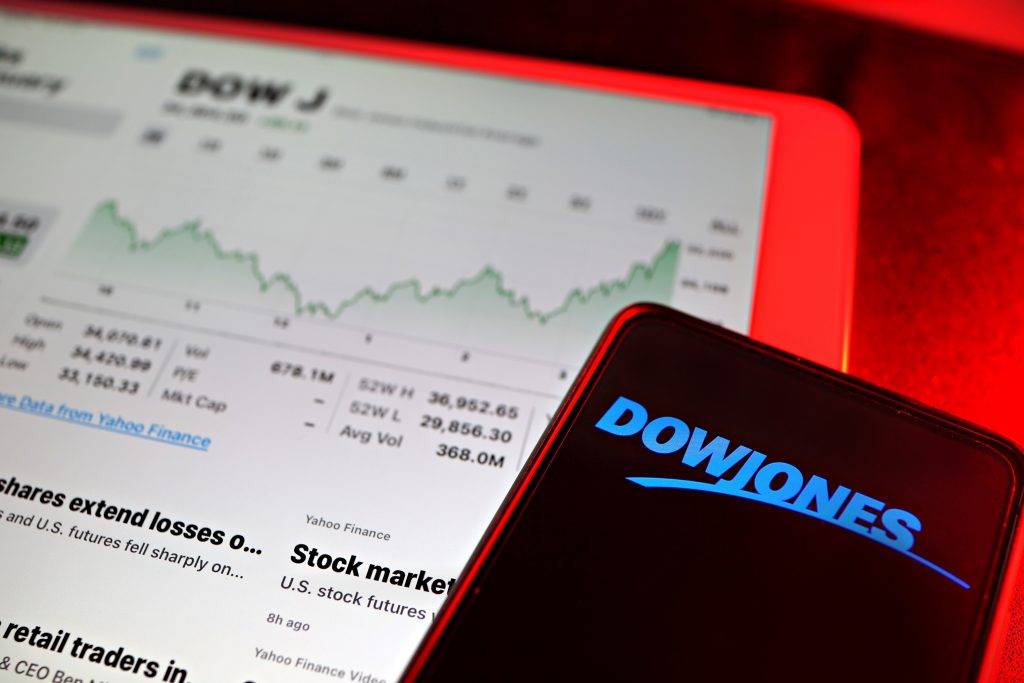
A brief history of Dow Jones
Dow Jones is the second-oldest US stock market index that included only 12 companies, mostly belonging to the industrial sector, when launched in 1896. During that period, industrial companies like sugar, tobacco, cotton, and oil, made up the majority of the overall economy.
However, the composition of the index changed with the passage of time and it extended to 30 companies by 1928. Over time, many Dow Jones stocks have been removed and replaced in accordance with the changing financial dynamics. Note that the 30 large-cap Dow Jones stocks are subjectively selected by the editors of The Wall Street Journal.
Companies under the Dow Jones
Here’s the 2022-updated list of the companies making up the Dow Jones Index.
| Company | Weight |
| 1. UnitedHealth Group | 10.85% |
| 2. Goldman Sachs Group | 6.68% |
| 3. Home Depot Inc. | 6.15% |
| 4. Microsoft Corp. | 5.67% |
| 5. McDonald’s Corp. | 5.26% |
| 6. Amgen Inc. | 4.96% |
| 7. Visa Inc. | 4.18% |
| 8. Honeywell International Inc. | 3.84% |
| 9. Salesforce Inc. | 3.80% |
| 10. Caterpillar, Inc. | 3.67% |
| 11. Johnson & Johnson | 3.50% |
| 12. Boeing Company | 3.34% |
| 13. Apple Inc. | 3.33% |
| 14. Travelers Companies Inc. | 3.17% |
| 15. American Express Company | 3.12% |
| 16. Chevron Corporation | 3.11% |
| 17. Procter & Gamble Company | 2.90% |
| 18. 3M Company | 2.88% |
| 19. International Business Machines Corporation | 2.65% |
| 20. Walmart Inc. | 2.62% |
| 21. NIKE Inc. | 2.29% |
| 22. JPMorgan Chase & Co. | 2.28% |
| 23. Walt Disney Company | 2.18% |
| 24. Merck & Co. | 1.75% |
| 25. Coca-Cola Company | 1.28% |
| 26. Dow Inc. | 1.03% |
| 27. Cisco Systems Inc. | 0.91% |
| 28. Verizon Inc. | 0.91% |
| 29. Walgreens Boots Alliance | 0.78% |
| 30. Intel Corp. | 0.73% |
How to invest in Dow Jones?
Although you cannot directly invest in the Dow Jones Index, there are three ways to capitalize on this index.
- Invest in an exchange-traded fund tracking the Dow Jones performance, such as SPDR Dow Jones Industrial Average ETF. It is the easiest and simplest way to take advantage of this index where the ETF provider automatically adjusts the fund as per the changes in Dow Jones.
- Buy separate shares of all the companies included in the US30. In this case, you will have to manage the 30 stocks and modify or regulate them, all by yourself.
- You can also invest in Dow Jones derivatives, like options and futures contracts. Currently, the CBOE Global Market offers Dow Jones options contracts whereas the CME Group allows investors to buy Dow Jones futures contracts.
Read more:
http://thetradingbay.com/etfs-vs-stocks-which-one-is-better/

